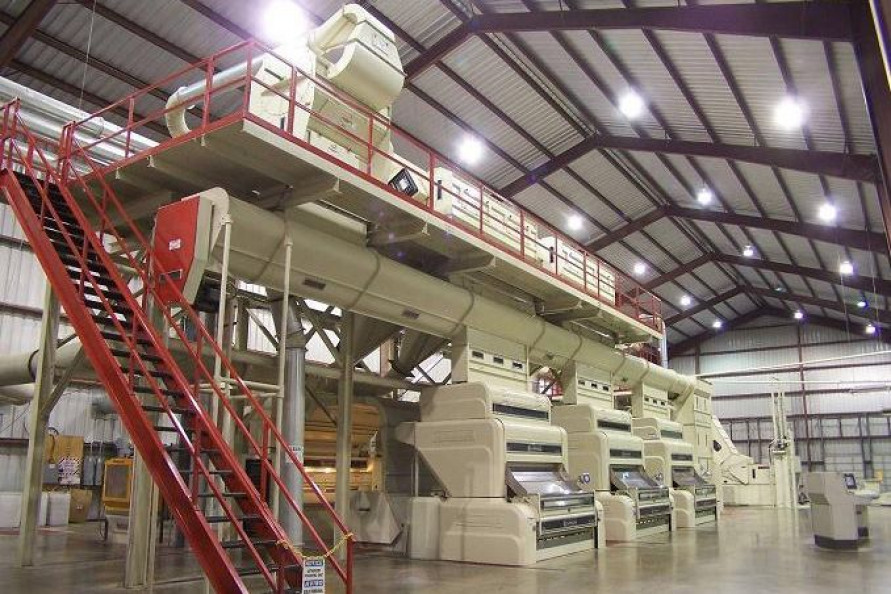Tennessee ginner E. Bradley Williams’ Union Gin equipment upgrades have reduced labor and energy, and improved efficiency by 11 percent. Turnout has also improved, now at 42 percent.
Williams started upgrading the gin in 2012, extending the length of his module feeder floor that now allows two more modules on the feeder line. He bought Friendship Gin in Trenton, Tenn., in 2018, and with an in-house crew, retrofitted $600,000 worth of gins stands, lint cleaners, incline cleaners and all equipment associated with them. He increased capacity from 15 bales per hour to more than 22 bales per hour.
That took the per-bale labor costs down 25 percent. “I started seeing a modest savings on my power bill,” Williams says. “I’m hoping the Delta Regional Authority’s recent announcement about extending the Pemiscot County Port Railroad to increase capacity and ability to transload cottonseed from trucks to railcars will bring stronger prices for cottonseed.”
Williams expects to press 25,000 bales this season. “I’m getting around 570 pounds of cottonseed per-bale, so I could be selling over 7,000 tons of cottonseed,” Williams says. “Ginners have lost 100-plus pounds of cottonseed per-bale over the last 10 years because of the decreasing size of seed. That really hurts our bottom line. I haven’t heard an equitable solution to that problem.”
Working with Billingsley & Billingsley Lint Cleaner Service, Williams moved the gin’s lint cleaners directly behind the upgraded gin stands. He picked up 11 percent in his cleaning efficiency. “That fiber doesn’t have a chance now to tumble and entangle that trash in the lint,” Williams says. “Our turnout has improved. Now we’re averaging around 42 percent. My trash pile looks like yard mulch and I’m proud of that.”
His recaps were listing 11s, 21s, and 31s before the recent rains changed some to a line of 31s and 41s. “That’s a factor of the weather. We have to keep the cotton warm to allow trash to detach from the fiber,” Williams says. “My ginner, Russell Oglesby, keeps moisture at a manageable level.”
Customers, rebates, and the future
Some gins use rented land agreements with farmers that tie the farmer’s cotton to the gin. Williams does not. “They bring their cotton to me because they want to,” Williams says. “I just added another customer this week that will give me an additional 150 acres of cotton to gin.”
Union Gin still uses wire straps as do about 35 percent of the gins across the U.S. “We realize mills prefer plastic straps because they can open bales mechanically prior to placing them in the laydown,” Williams says. “I just can’t justify a $150,000 conversion right now even though it would eliminate two labor checks.”
Williams will add more automation when finances allow. Williams and his son farm 3,000 acres, mostly cotton, with a few corn and soybean acres. He has a small excavation business, 250 mama cows and a small chemical sales business. “You have to be diversified in today’s ag world,” Williams says. “I cross-utilize my labor where I can but during ginning season, if you’re on the gin payroll, you’re at the gin.”


